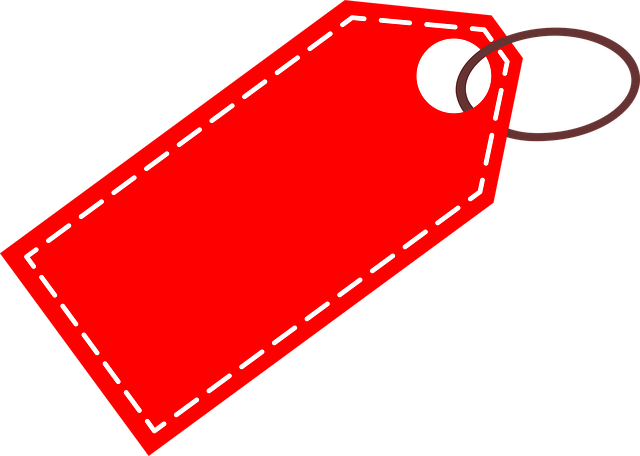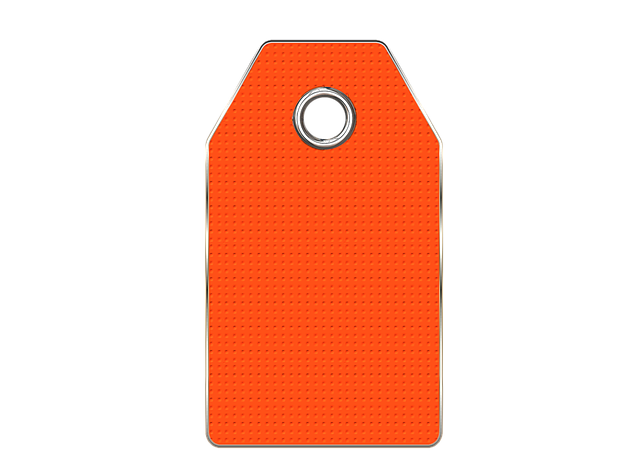The Edinburgh Tag Removal service specializes in the treatment of common, benign skin growths known as skin tags. These growths typically appear in areas where the skin folds or experiences consistent friction, and can be influenced by factors such as friction, growth hormones, insulin during puberty, and genetic predisposition. The service offers personalized treatment with modern, non-surgical methods like cryotherapy and electrocautery, ensuring minimal downtime and a swift recovery. It emphasizes understanding the factors that contribute to skin tag formation for effective prevention and management. With a diverse clientele and varied climate, Edinburgh's healthcare system is equipped with cutting-edge treatments addressing skin tags through various methods including cryotherapy, surgical excision, electrosurgical procedures, and laser treatments, all administered by highly trained medical practitioners committed to quality care. The service stands out for its comprehensive approach, adherence to safety and efficacy, and the ability to tailor treatments to individual needs. Post-removal care is crucial, with guidelines emphasizing wound hygiene, limited strenuous activity, sun exposure avoidance, and careful monitoring for signs of infection. The service ensures that patients receive detailed aftercare instructions to facilitate proper healing and maintain patient satisfaction and care.
Skin tags, those benign skin growths, often appear as we age. Understanding their nature and safe removal options is key for adults seeking cosmetic or health-related reasons to address them. This article delves into the intricacies of Edinburgh Tag Removal, a trusted method offering various effective treatments. We’ll guide you through the procedures, ensuring you have a clear understanding of what to expect during and after the process. From initial assessment to post-removal care, this comprehensive overview aims to provide a smooth healing journey for adults dealing with skin tags.
- Understanding Skin Tags: What Are They and Why Do They Form?
- Edinburgh Tag Removal Methods: Options for Safe and Effective Treatment
- The Procedure Explained: Step-by-Step Guide to Tag Removal in Adults
- Post-Removal Care and Recovery: Ensuring a Smooth Healing Process in Adults
Understanding Skin Tags: What Are They and Why Do They Form?

Skin tags are benign, non-cancerous growths that resemble flaps of skin attached by a stalk or peduncle to the surrounding tissue. They are commonly found on areas of the body where the skin folds or rubs against itself, such as under the arms, around the groin, under the breasts, on the neck, or within the armpits. While their exact cause remains unknown, they often form due to friction, rubbing, and irritation from clothing or during puberty when there is a surge in growth hormones and insulin. In Edinburgh, a city known for its varied climate and population diversity, the prevalence of skin tags can be significant. The Edinburgh Tag Removal service provides comprehensive solutions for those seeking removal of these growths. This service is tailored to address individual needs, ensuring that patients receive personalized care to manage their skin tags effectively. Understanding the factors contributing to their development, such as hormonal changes, genetics, and lifestyle choices, is crucial for both prevention and management. With advancements in medical technology, non-surgical options like cryotherapy or electrocautery are available, offering minimal downtime and quick recovery for patients opting for skin tag removal. These methods, widely used by the Edinburgh Tag Removal service, ensure patient comfort and safety while effectively addressing the issue of unwanted skin tags.
Edinburgh Tag Removal Methods: Options for Safe and Effective Treatment

Edinburgh, known for its rich medical history and cutting-edge healthcare facilities, offers a variety of safe and effective treatments for the removal of skin tags. The city’s healthcare professionals are well-versed in the latest methods, ensuring patient comfort and optimal results. One such method is cryotherapy, which involves freezing the skin tag with liquid nitrogen to induce natural removal over time. This non-invasive procedure is typically quick and performed in a clinic, with minimal discomfort. Another method is surgical excision, which is suitable for larger or more prominent tags and is conducted under local anaesthesia to ensure patient comfort. Both methods are commonly used in Edinburgh’s dermatology practices and have proven to be highly effective.
Furthermore, Edinburgh’s tag removal services also include electrosurgical procedures and laser treatments, which are tailored to individual patient needs. These advanced techniques offer precision and efficiency, targeting the skin tag while minimising impact on surrounding tissue. Patients seeking treatment in Edinburgh can rest assured that they have access to a range of options, all performed by qualified medical practitioners dedicated to delivering high-quality care. With a focus on patient safety and satisfaction, Edinburgh’s tag removal methods are a testament to the city’s commitment to excellence in dermatological care.
The Procedure Explained: Step-by-Step Guide to Tag Removal in Adults

When considering the removal of skin tags, a common benign growth, adults often seek safe and effective treatments. In Edinburgh and beyond, the process of tag removal is typically carried out by qualified medical professionals such as dermatologists or general practitioners who specialize in minor surgical procedures. One of the most common methods used for the removal of skin tags is cryotherapy, which involves freezing the base of the tag with liquid nitrogen, causing it to fall off within a short period post-treatment. Another method is electrosurgical excision, where a high-frequency electrical current is used to cut and remove the tag. This procedure is often conducted under local anesthesia for patient comfort.
For those seeking professional skin tag removal in Edinburgh Tag Removal clinics, the process begins with a thorough assessment by a healthcare provider. The medical professional will determine the most suitable method based on factors such as the size, location, and health of the skin tag. After the choice of treatment is made, the area is cleaned, and the patient may be given local anesthesia to minimize discomfort. During cryotherapy, the doctor applies liquid nitrogen using a cotton swab or a spray device directly onto the skin tag for a few seconds. The cold temperature destroys the cells of the tag, which will eventually slough off. In the case of electrosurgical excision, the doctor uses a special instrument to cut the tag out with an electric current. Post-procedure, the removed tag is sent for pathological examination unless it’s evidently benign. Aftercare instructions are provided to ensure proper healing and to monitor for any signs of infection or complications.
Post-Removal Care and Recovery: Ensuring a Smooth Healing Process in Adults

Post-removal care is a critical aspect of ensuring a smooth healing process for skin tag removal, particularly in adults. Immediately following the procedure, whether it’s performed by a dermatologist or through advanced techniques like those offered by Edinburgh Tag Removal specialists, patients should follow specific guidelines to promote optimal recovery. Firstly, gentle cleaning of the treated area with lukewarm water and mild soap is recommended several times a day. This helps to prevent infection and keep the wound clean. Additionally, applying a thin layer of antibacterial ointment as directed by the healthcare provider can aid in healing and reduce the risk of scarring.
For the first few days post-removal, it’s advisable to avoid strenuous activities or any form of exercise that could increase blood flow to the affected area, potentially causing inflammation. Sun exposure should also be minimized, as unprotected exposure can lead to discoloration or delay the healing process. Edinburgh Tag Removal clinics often provide detailed aftercare instructions, which may include avoiding the use of makeup or other skin products on or near the treated site until it has fully healed. Regularly monitoring the area for signs of infection, such as excessive redness, swelling, or discomfort, is essential. Should any concerning symptoms arise, prompt consultation with a healthcare professional is necessary to address any complications and ensure the best possible outcome in the skin tag removal process.
Upon reviewing the skin tag removal process, it is clear that the procedure can be effectively and safely managed through various methods, with Edinburgh Tag Removal standing out as a leading option. Understanding the nature of skin tags as benign growths, often formed due to collagen and fibromatanous tissues accumulating, adults seeking removal can confidently opt for treatments provided by dermatologists or trained medical professionals. The step-by-step guide outlined in this article offers a comprehensive overview of what to expect from the procedure, ensuring patients are well-informed about the process. Post-removal care is paramount for a swift and healthy recovery, which is why aftercare instructions are provided to facilitate optimal healing. Adults considering skin tag removal should be reassured that with the right approach and professional guidance, they can achieve their desired aesthetic results safely and effectively.
